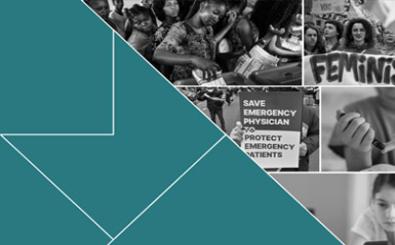In a digital environment where social media dominates our time and attention, it can sometimes be hard to tell what is true and what is not. For sure, there is black and white — but there is also a lot of grey.
According to the 2018 Edelman Trust Barometer, nearly two-thirds of people say they get their news through technology platforms. These often-self-referential echo chambers have created an environment where there is no bedrock. Beliefs have come to equal truth.
This has made it harder for institutions like the media to play their traditional roles. And it’s created an environment of confusion — 63 percent of people we surveyed agree that the average person doesn’t know how to tell good journalism from rumors and falsehoods.
When there’s a void between truth and rumors, it breeds “trumors” — whereby our interpretation of the truth (or that of your friends) becomes the accepted norm. This, perhaps, has the greatest impact on the disengaged, the 50 percent of the population who say they consume news less than weekly, versus the other half who are more forward-leaning.
Misinformation is the seminal issue of the day. And it’s an issue that no single institution — media, government, business, or NGO — can solve alone. Nor can the technology platforms, which some blame for all of this.
However, information quality is essential for creating trust between the public and our institutions, especially for media and business. And there is hope.
The general population, our study found, craves voices of authority, while the credibility of peers is at an all-time low. The credibility of journalists is up 12 points, technical experts increased three points, and academics rose one point.
However, with truth no longer self-evident, it must be made more discoverable. Journalists, employees and new voices of influence all have a role to play in filling this information void.
Content alone is also not enough. For such expertise to be visible, it must be tailored for the algorithms that now dominate the flow of information. It needs to be fit for purpose, so that it can be shared by the 25 percent of people who amplify content out to the broader majority who are far less engaged. It must be presented in a style that’s consistent with digital culture: personal, visual, informal and, above all, emotional.
Change begins with individuals at the edge of the network rather than from the institutions at the center. Journalists and employees in particular have a tremendous opportunity to ensure greater information quality and a greater exposure to facts. If the institutions they work for can enable them, it can stem the tide of misinformation that is a threat to our modern way of life. And that should leave us hopeful.
Steve Rubel is chief content strategist.



